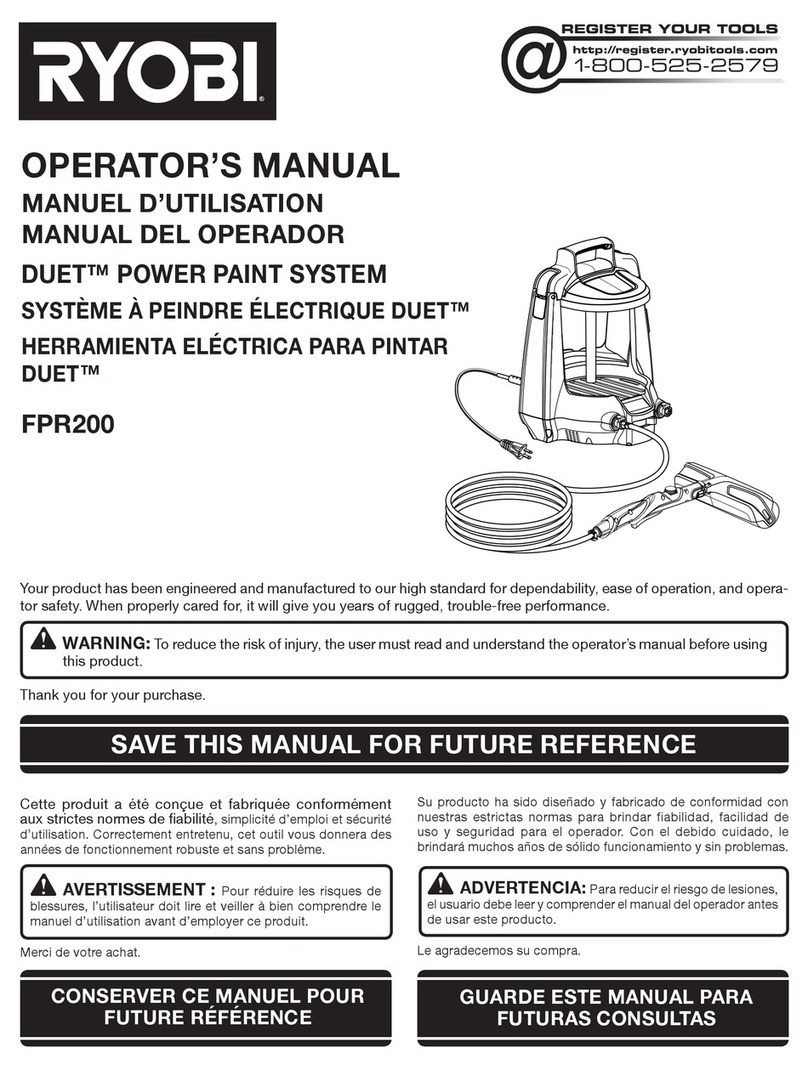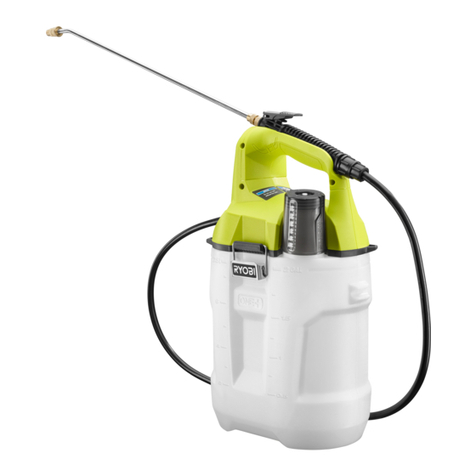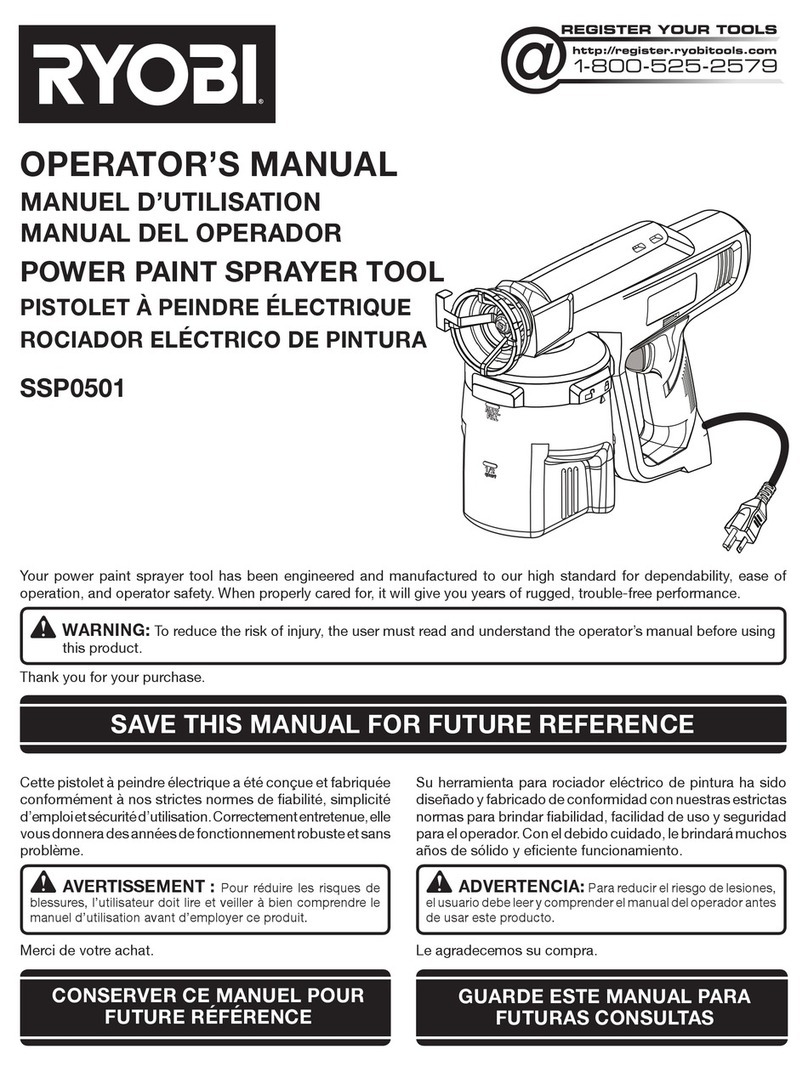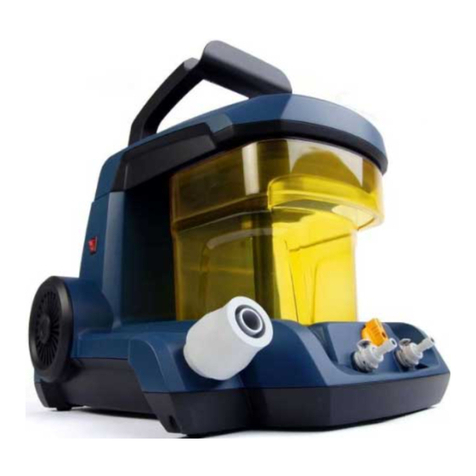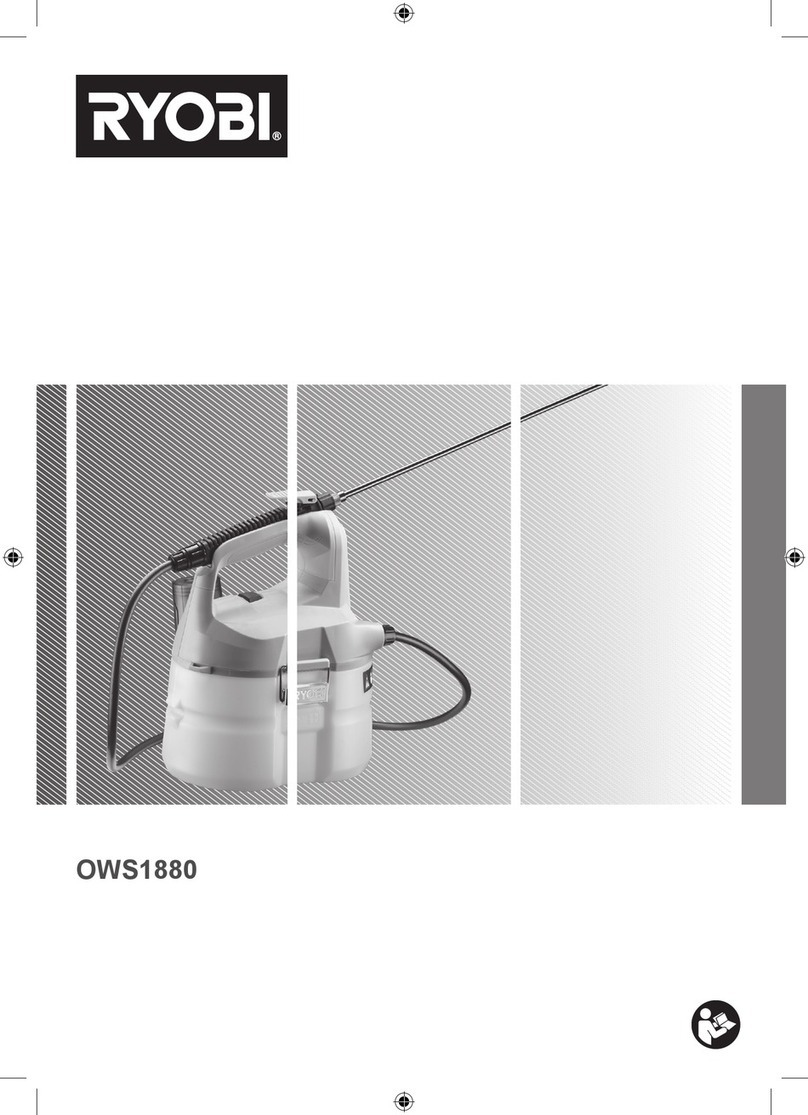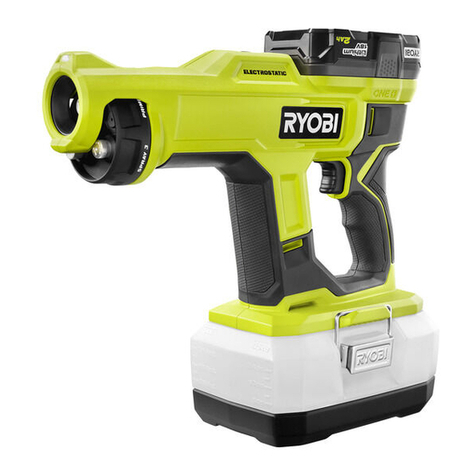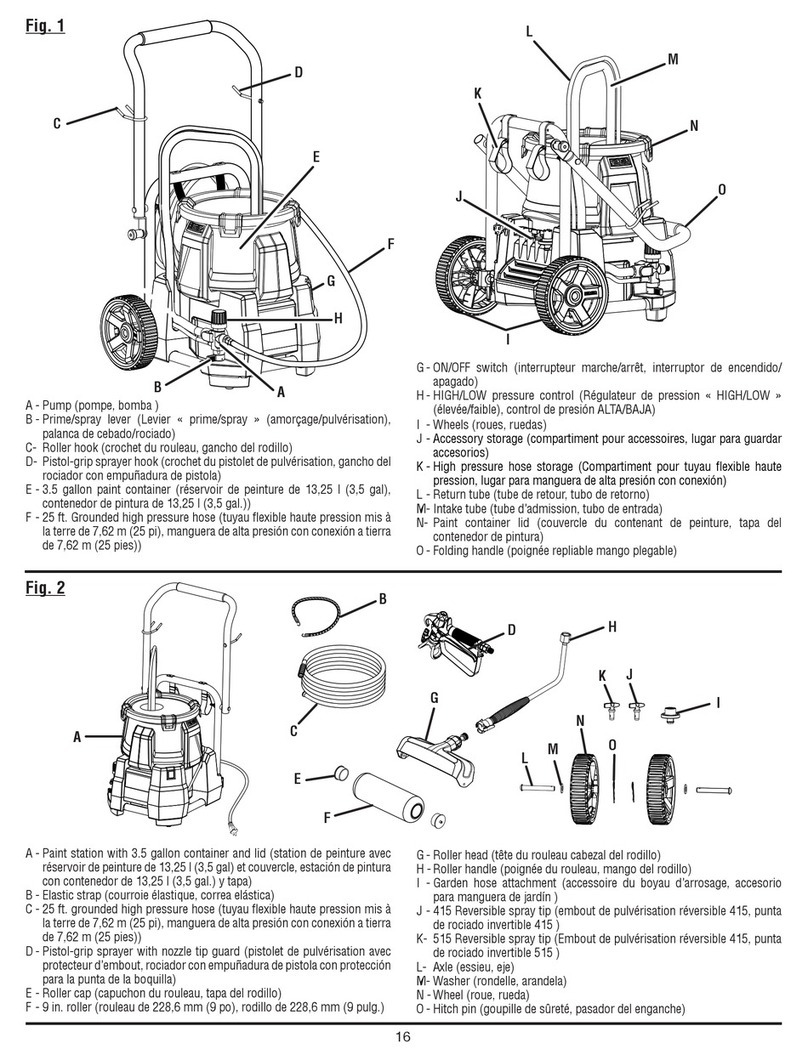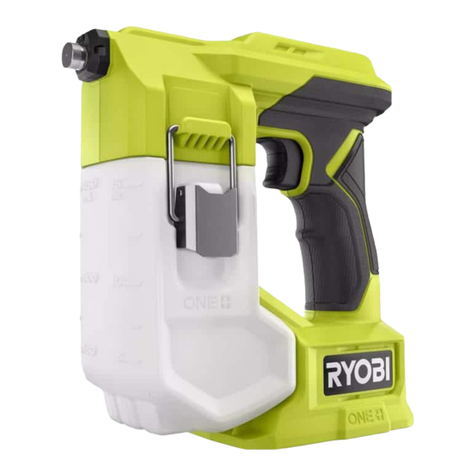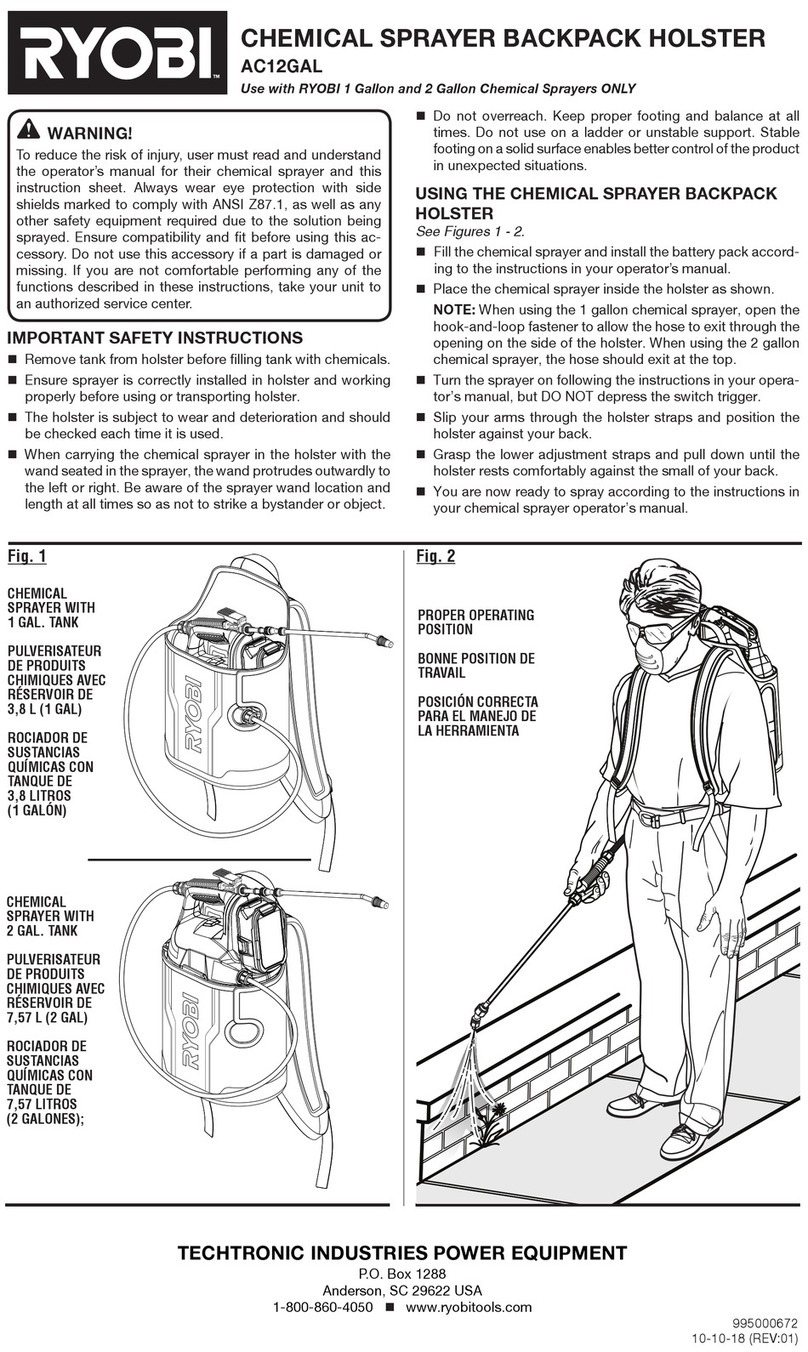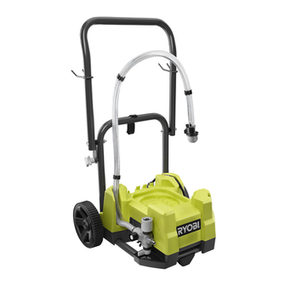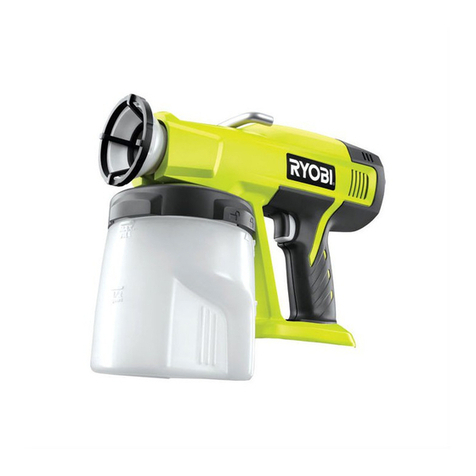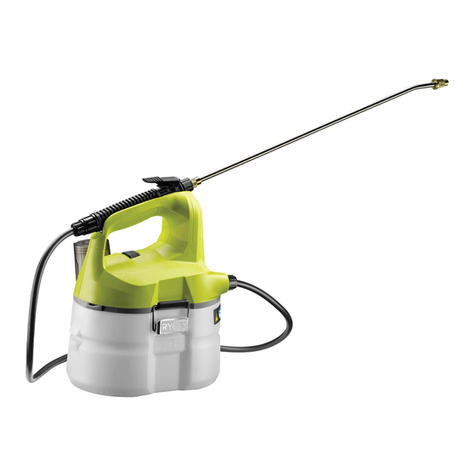
3
power tool’s operation. If damaged, have the power
tool repaired before use. Many accidents are caused
by poorly maintained power tools.
■Keep cutting tools sharp and clean. Properly
maintained cutting tools with sharp cutting edges are
less likely to bind and are easier to control.
■Use the power tool, accessories and tool bits etc.
in accordance with these instructions, taking into
account the working conditions and the work to
be performed. Use of the power tool for operations
different from those intended could result in a hazardous
situation.
■Keep handles and grasping surfaces dry, clean
and free from oil and grease. Slippery handles and
grasping surfaces do not allow for safe handling and
control of the tool in unexpected situations.
BATTERY TOOL USE AND CARE
■Recharge only with the charger specified by the
manufacturer. A charger that is suitable for one type
of battery pack may create a risk of fire when used with
another battery pack.
■Use power tools only with specifically designated
battery packs. Use of any other battery packs may
create a risk of injury and fire.
■When battery pack is not in use, keep it away from
other metal objects, like paper clips, coins, keys,
nails, screws or other small metal objects, that can
make a connection from one terminal to another.
Shorting the battery terminals together may cause burns
or a fire.
■Under abusive conditions, liquid may be ejected from
the battery; avoid contact. If contact accidentally
occurs, flush with water. If liquid contacts eyes,
additionally seek medical help. Liquid ejected from
the battery may cause irritation or burns.
■Do not use a battery pack or tool that is damaged or
modified. Damaged or modified batteries may exhibit
unpredictable behaviour resulting in fire, explosion or
risk of injury.
■Do not expose a battery pack or tool to fire or
excessive temperature. Exposure to fire or temperature
above 130°C may cause explosion.
■Follow all charging instructions and do not charge
the battery pack or tool outside the temperature
range specified in the instructions. Charging
improperly or at temperatures outside the specified
range may damage the battery and increase the risk of
fire.
SERVICE
■Have your power tool serviced by a qualified repair
person using only identical replacement parts. This
will ensure that the safety of the power tool is maintained.
■Never service damaged battery packs. Service
of battery packs should only be performed by the
manufacturer or authorised service providers.
BACKPACK SPRAYER SAFETY WARNINGS
■Read the instructions carefully. Be familiar with all
controls and the proper use of the product.
■Always check for and repair leaks before using the
product.
■Thoroughly inspect both the inside and outside of the
product, and examine the components before each
use. Check for cracked and deteriorated hoses, leaks,
clogged nozzles, and missing or damaged parts. Have
damaged product repaired before use. Many accidents
are caused by poorly maintained products.
■Never use the product with defective guards or shields, or
without safety devices in place. Never use an incomplete
or modified product. The use of a defective, incomplete,
or modified product could result in a hazardous situation.
■Follow the chemical manufacturer’s instructions with
respect to protective equipment.
■Wear the following personal protective equipment when
operating the product to help reduce the risk of injury:
●face mask
●gloves
●safety footwear
●upper body protection
■Wear proper protective clothing and equipment when:
●filling the spray tank with spray materials
●spraying
●making adjustments
●draining and cleaning the spray tank
●changing spray materials
●servicing the product
■To reduce the risk of fire or explosion, do not spray
flammable liquids, such as gasoline.
■Do not spray where spark, flame, or other source of
ignition is present.
■The product shall be used only with plant protection
products approved by local/national regulatory
authorities for plant protection products for use with
backpack sprayers. Always follow the chemical
manufacturer’s instructions printed on their product
labeling for use, cleaning, and storage. Chemicals
should be stored out of the reach of children.
■Do not spray any material where the hazard is not
known.
■Immediately turn off the product and remove the battery
pack in the event of an accident or breakdown. Do not
operate the product again until it has been fully checked
by an authorised service centre.
■Do not spray in the direction of people or animals. Avoid
spraying on windy days. The spray materials can be
accidentally blown onto plants or objects that should not
be sprayed. Always spray downwind.
■To reduce the risk of accidents and damage to the
product, never operate with:
●flammable liquids
●viscous or sticky liquids
●caustic or corrosive chemicals
●liquids hotter than 50°C
■Do not use flammable solvents or abrasive cleaning
agents to clean the product.
■If there is no spray coming out from the nozzle or the
spray amount is decreased, the hose and wand system
may be blocked. Rinse and clean all parts of the hose
and wand system (spray gun, filter in tank, spray wand,
hose) with clean water.
■After long time storage or after winter, spray the product
with clean water. Check if there are any leakages or
cracks.
■Never blow through nozzles or other components by
mouth.
■Avoid contact with plant control chemicals. Immediately

